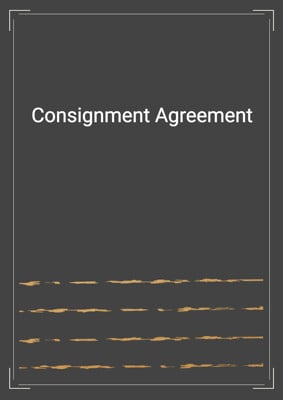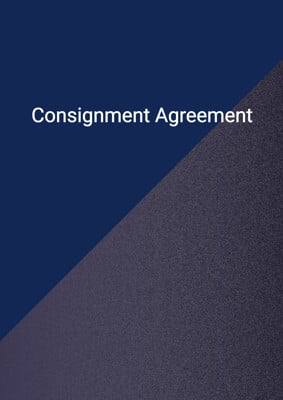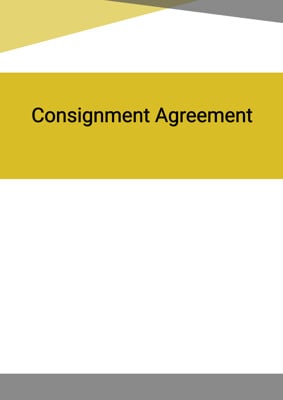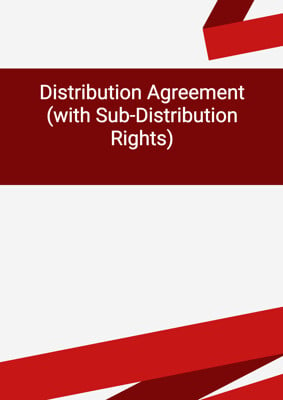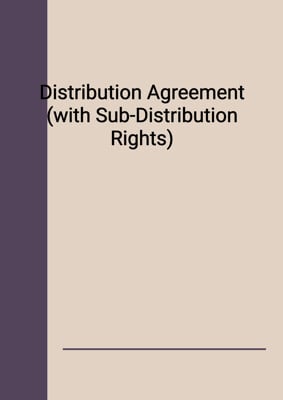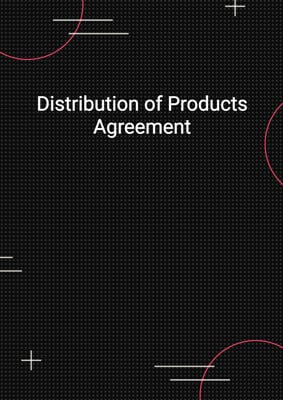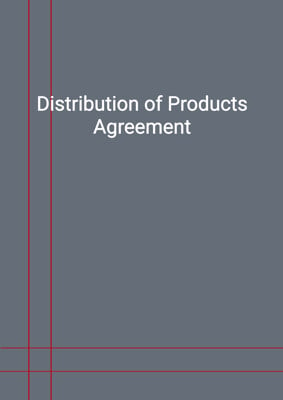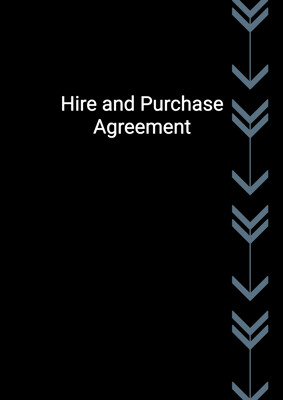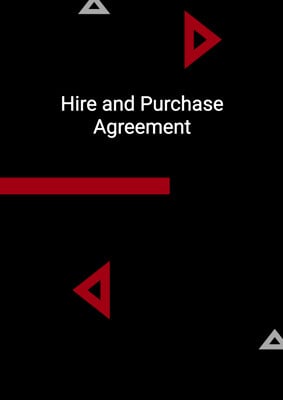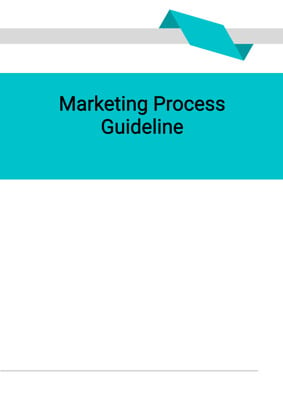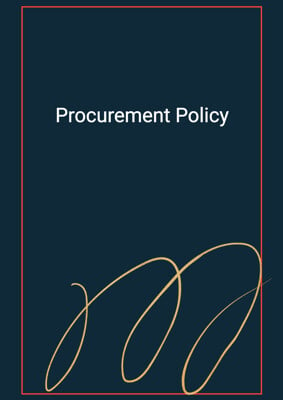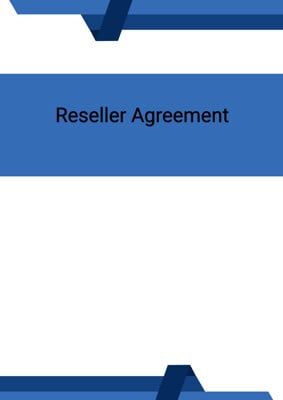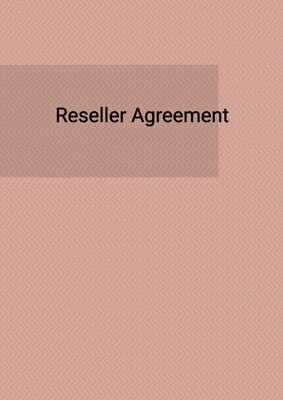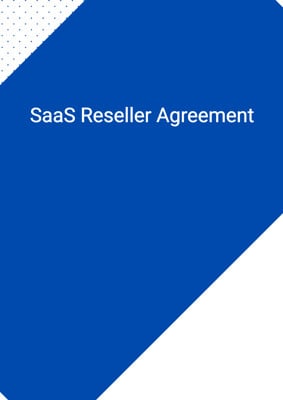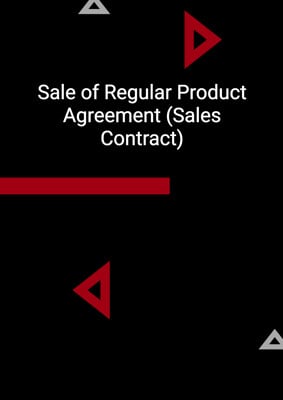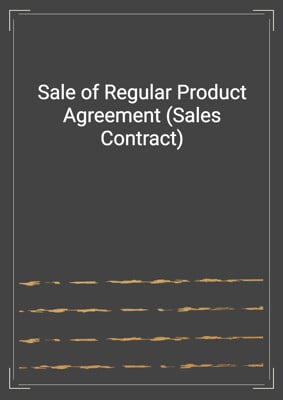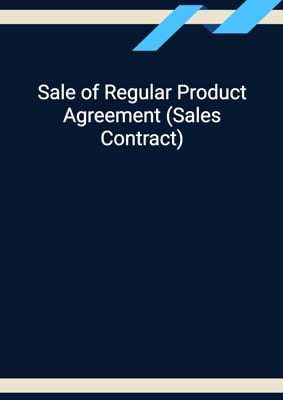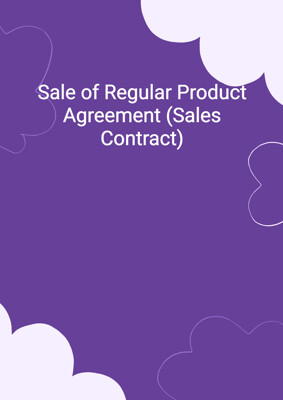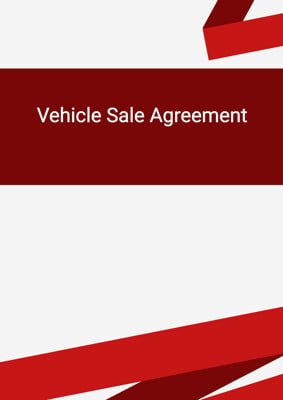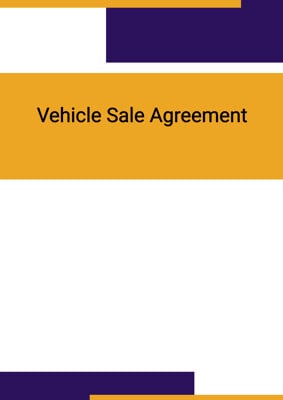How to Tailor the Document for Your Need?
01
Create Document
Fill in the details of the parties. You can click the "Fill with Member’s Information" button to complete it with information saved to your account.
02
Fill Information
Please fill in any additional information by following the step-by-step guide on the left hand side of the preview document and click the "Next" button.
03
Get Document
When you are done, click the "Get Document" button and you can download the document in Word or PDF format.
04
Review Document
Please get all parties to review the document carefully and make any final modifications to ensure that the details are correct before signing the document.
Document Preview
Document Description
The Vehicle Sale Agreement is a legal document that outlines the terms and conditions for the sale of a vehicle between the Seller and the Buyer. This agreement is important as it provides a clear understanding of the rights and responsibilities of both parties involved in the transaction.
The entire document consists of several sections that cover different aspects of the sale agreement. The first section is the scope of the agreement, which states that the purpose of this agreement is the sale of the vehicle according to the terms specified. It sets the overall context for the agreement.
The second section focuses on the general obligations of the Buyer. It states that the Buyer must comply with the terms and conditions of the agreement and ensure full and prompt payment for the vehicle. This section emphasizes the importance of fulfilling the financial obligations.
The third section deals with the delivery of the vehicle. It specifies the delivery date and the responsibilities of both parties regarding the transportation and importation of the vehicle. It also addresses the situation where the delivery is delayed and outlines the storage arrangements.
The fourth section is about the test and checking of the vehicle. It highlights the Buyer's acknowledgment of the current state of the vehicle and their responsibility for any future issues that may arise. This section emphasizes the importance of thoroughly inspecting the vehicle before finalizing the sale.
The fifth section focuses on the responsibility for the vehicle. It states that from the delivery date, the Buyer is fully responsible for any loss or damage to the vehicle. It also highlights the Buyer's obligation to obtain and maintain insurance for the vehicle and specifies the requirements for the insurance policy.
The sixth section addresses the title and risk of the vehicle. It states that the vehicle remains the property of the Seller until full payment is made. It also clarifies that the Buyer assumes the risk of accidental loss or damage to the vehicle from the delivery date.
The seventh section covers the price and payment terms. It specifies the payment deadline and includes the costs of transportation and delivery in the price. It also mentions the Buyer's responsibility for customs duties and taxes.
The eighth section addresses delays and force majeure. It states that if either party is affected by force majeure, they must promptly notify the other party. It also clarifies that force majeure events do not relieve the parties of their payment obligations.
The ninth section deals with the term and termination of the agreement. It specifies the duration of the agreement and the conditions under which either party can terminate it. It also mentions the consequences of default by either party.
The tenth section allows for amendments to the agreement. It states that any changes or modifications must be made in writing and signed by both parties.
The eleventh section addresses severability. It states that if any provision of the agreement is deemed void or unenforceable, the remaining provisions shall remain valid.
The twelfth section covers notices. It specifies the methods of communication between the parties and the addresses for sending notices. It also clarifies the language requirements for notices.
The thirteenth section mentions the settlement of disputes. It encourages the parties to resolve any disputes amicably and outlines the steps to be taken before resorting to formal dispute resolution.
The fourteenth section includes a jurisdiction clause, which specifies the jurisdiction for resolving any disputes that may arise.
The fifteenth section allows for the execution of the agreement in multiple counterparts, ensuring that each party has a signed copy.
The sixteenth section clarifies that the agreement does not confer any rights on third parties who are not party to the agreement.
Overall, the Vehicle Sale Agreement is a comprehensive document that covers all aspects of the sale of a vehicle, ensuring clarity and protection for both the Seller and the Buyer.
How to use this document?
1. Provide information: Enter the Seller's and Buyer's information in the agreement, including their registered office addresses. This ensures clear identification of both parties.
2. Specify delivery details: Set the delivery date and notify the Buyer of the carrier's name and expected arrival date. Also, clarify the Buyer's responsibility for import licenses and customs duties.
3. Conduct vehicle inspection: Ensure that the Buyer is aware of the current state of the vehicle and all relevant details. Emphasize their responsibility for any future issues.
4. Arrange insurance: Advise the Buyer to obtain and maintain insurance for the vehicle, noting the Seller's interest and ensuring the policy is not invalidated by any action or non-disclosure.
5. Clarify risk and responsibility: Clearly state that the Buyer assumes all risk and responsibility for the vehicle from the delivery date. Emphasize the importance of insurance and prompt payment.
6. Specify payment terms: Set the price and payment deadline. Clarify the Buyer's responsibility for customs duties and taxes. Mention the consequences of non-payment.
7. Address force majeure: Notify the other party promptly if affected by force majeure. Clarify that force majeure does not relieve payment obligations.
8. Understand termination conditions: Familiarize yourself with the conditions under which either party can terminate the agreement. Be aware of the consequences of default.
9. Communicate effectively: Ensure that all notices and communications are in writing and sent to the correct addresses. Comply with the language requirements.
10. Seek amicable resolution: Attempt to resolve any disputes amicably before resorting to formal dispute resolution. Follow the specified steps.
11. Comply with jurisdiction: Understand the jurisdiction clause and be prepared to resolve any disputes accordingly.
12. Keep records: Maintain copies of the agreement and any related documents for future reference and legal purposes.
Not the right document?
Don’t worry, we have thousands of documents for you to choose from:


